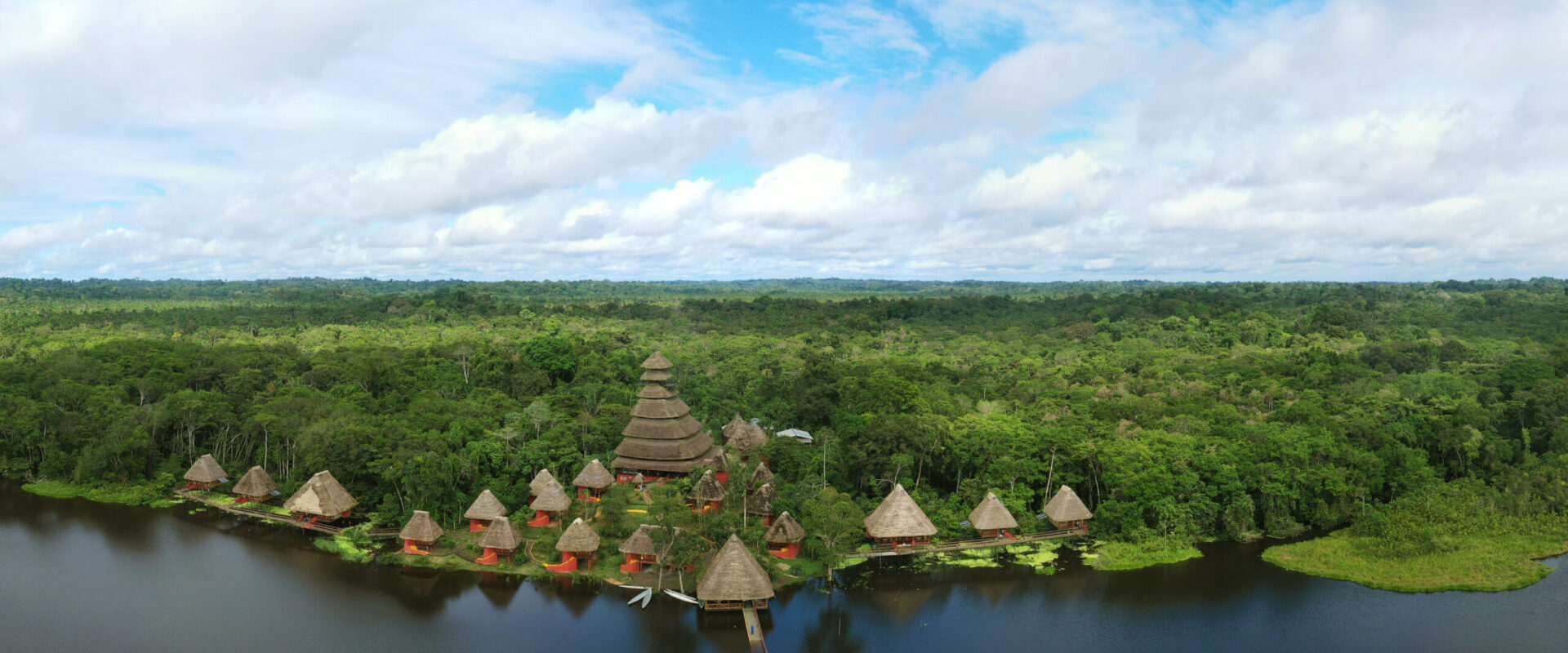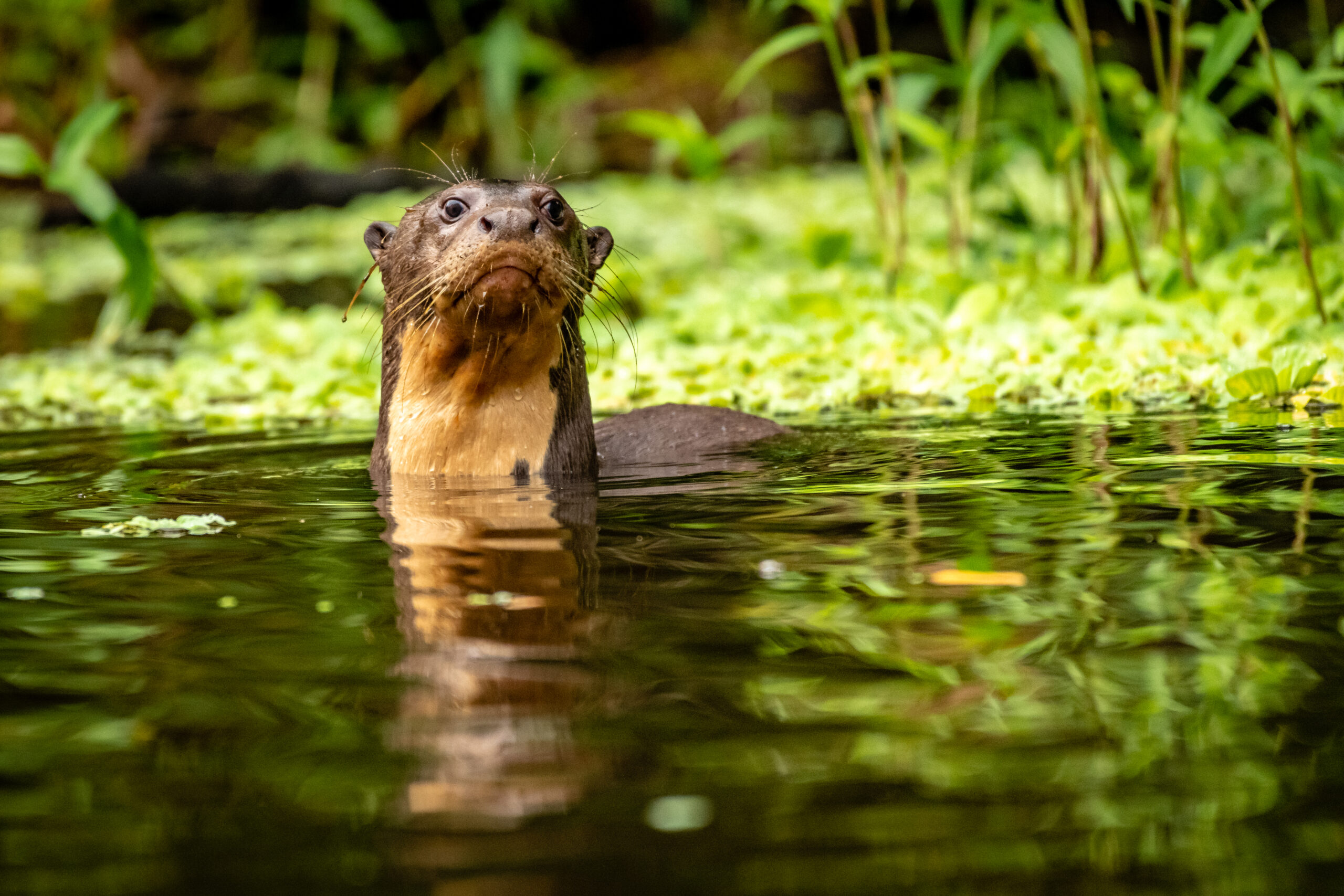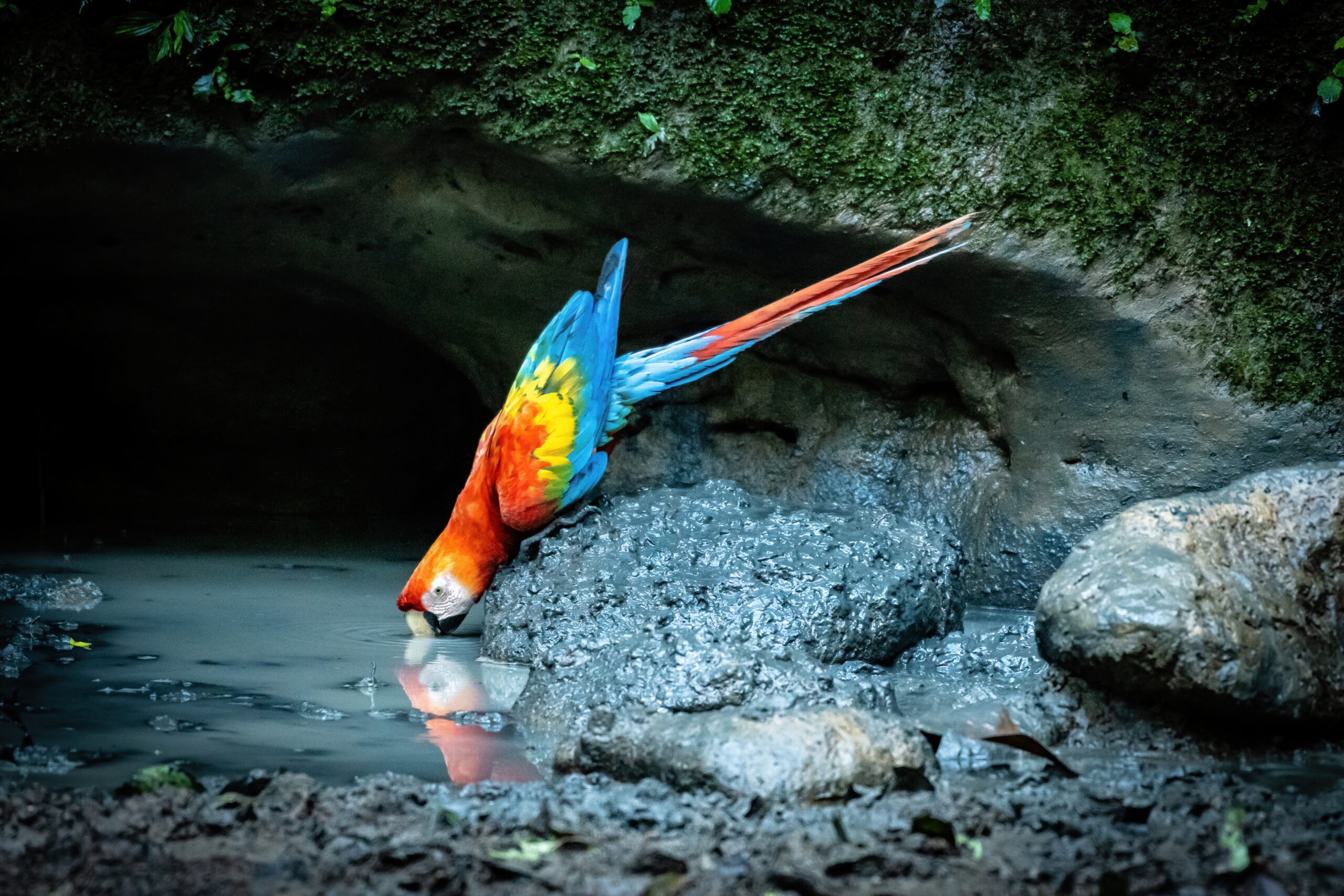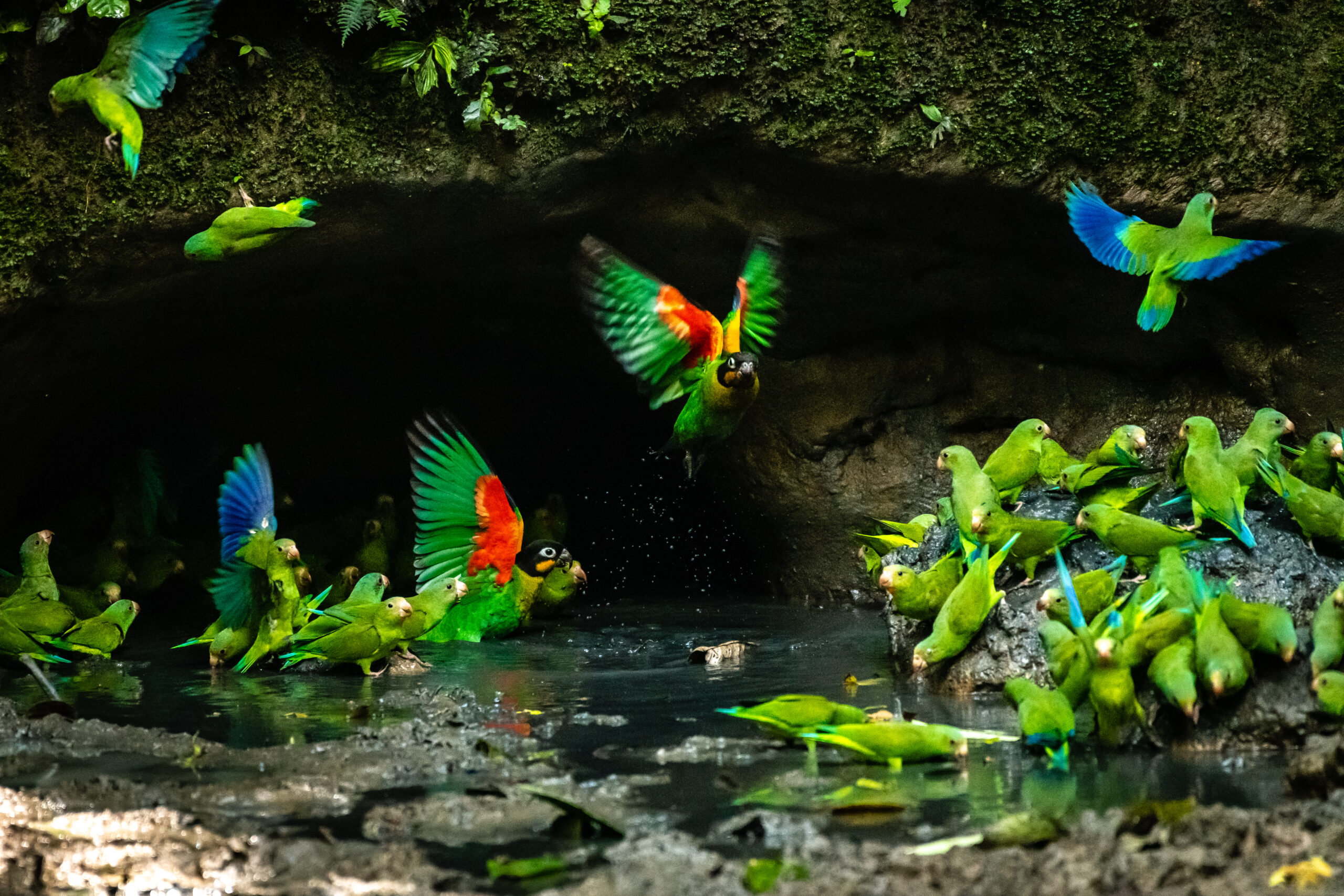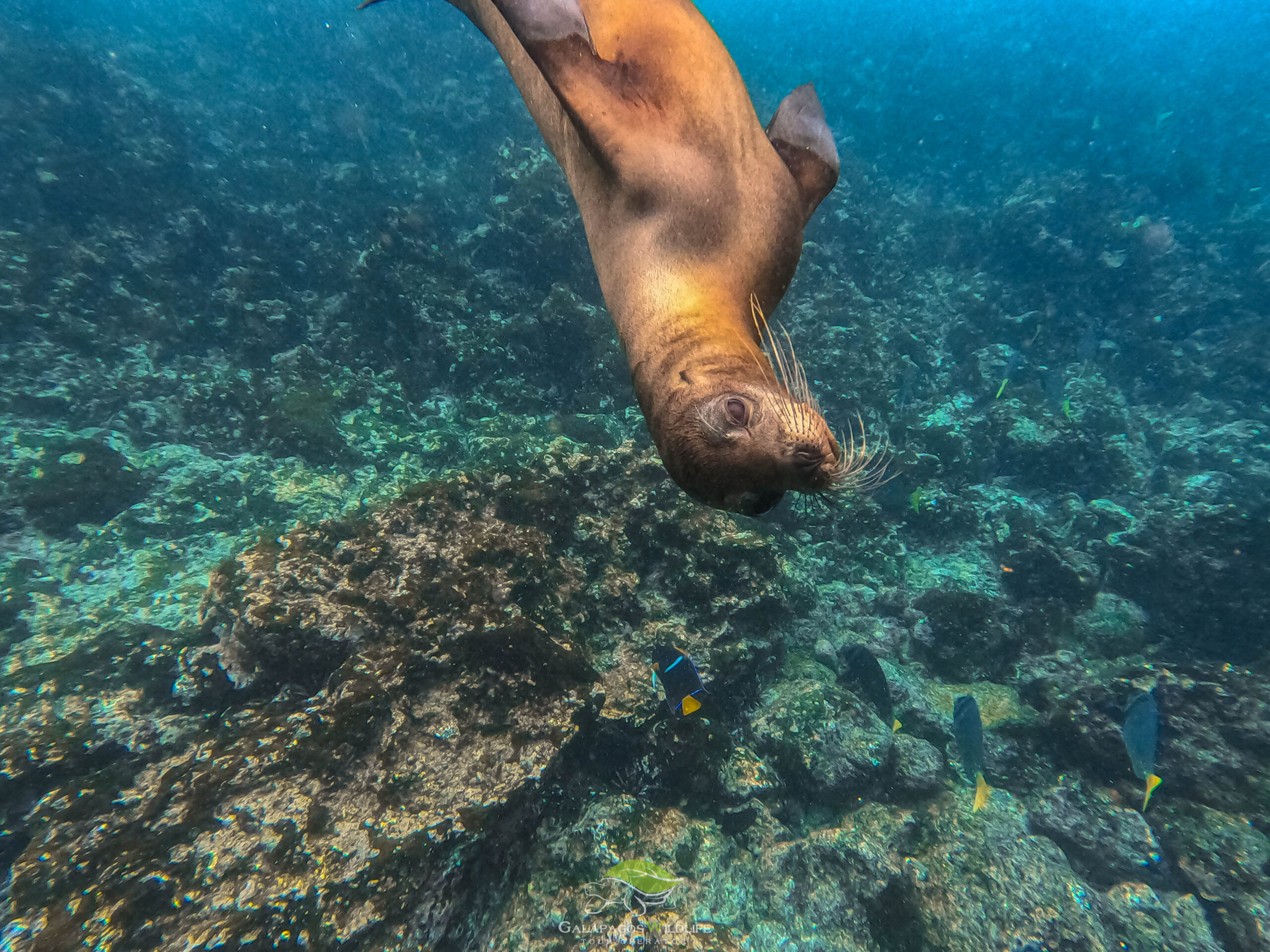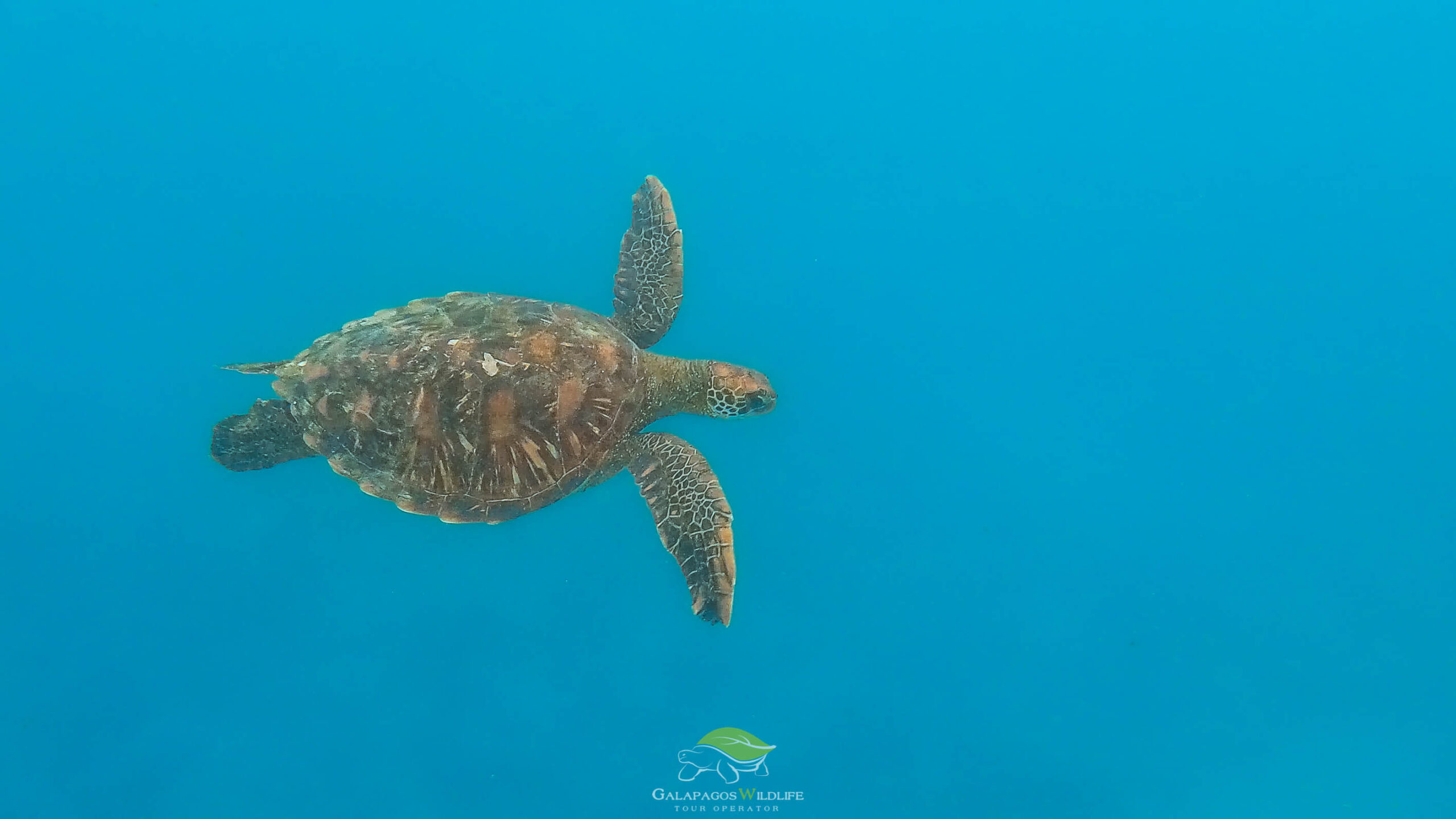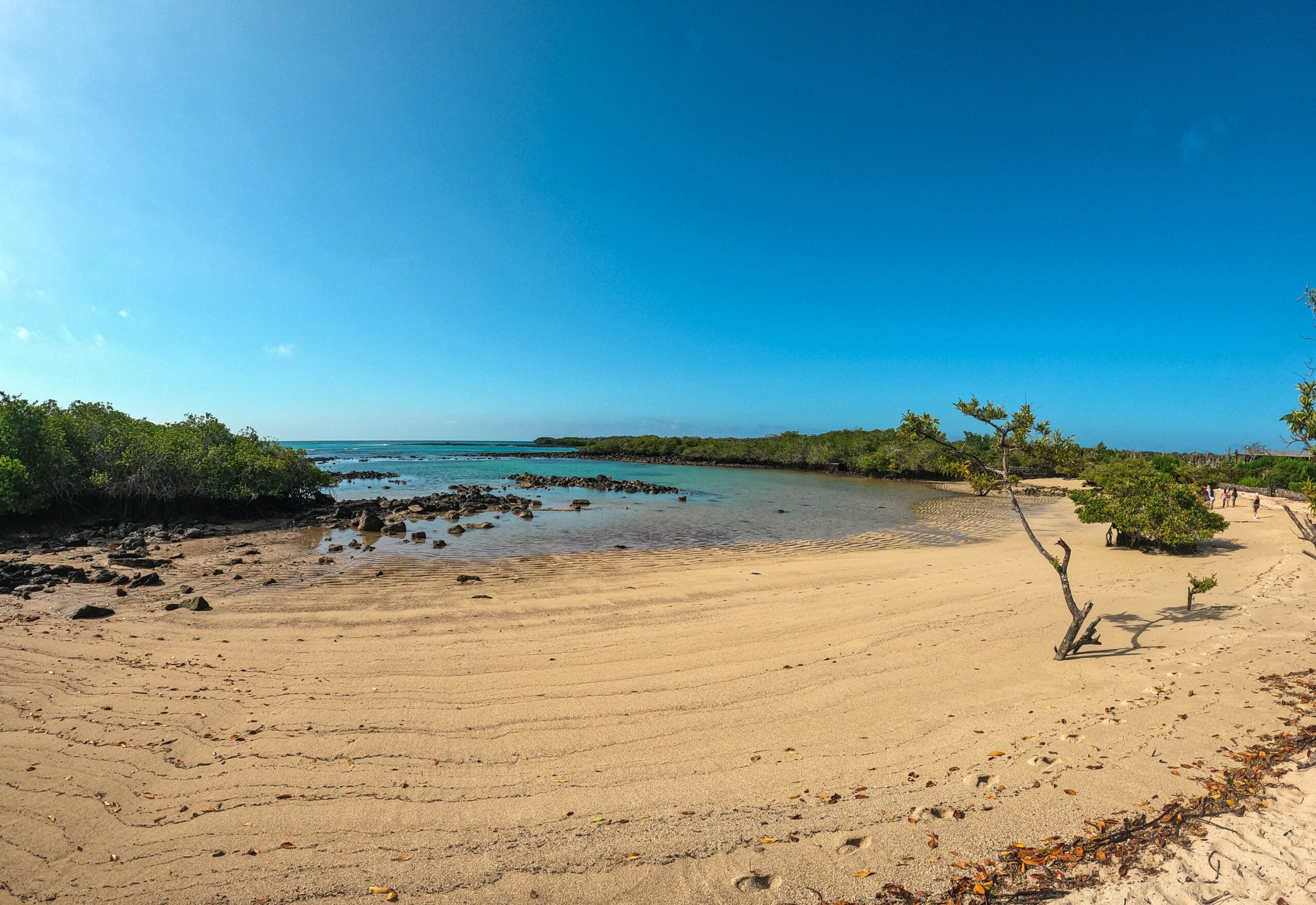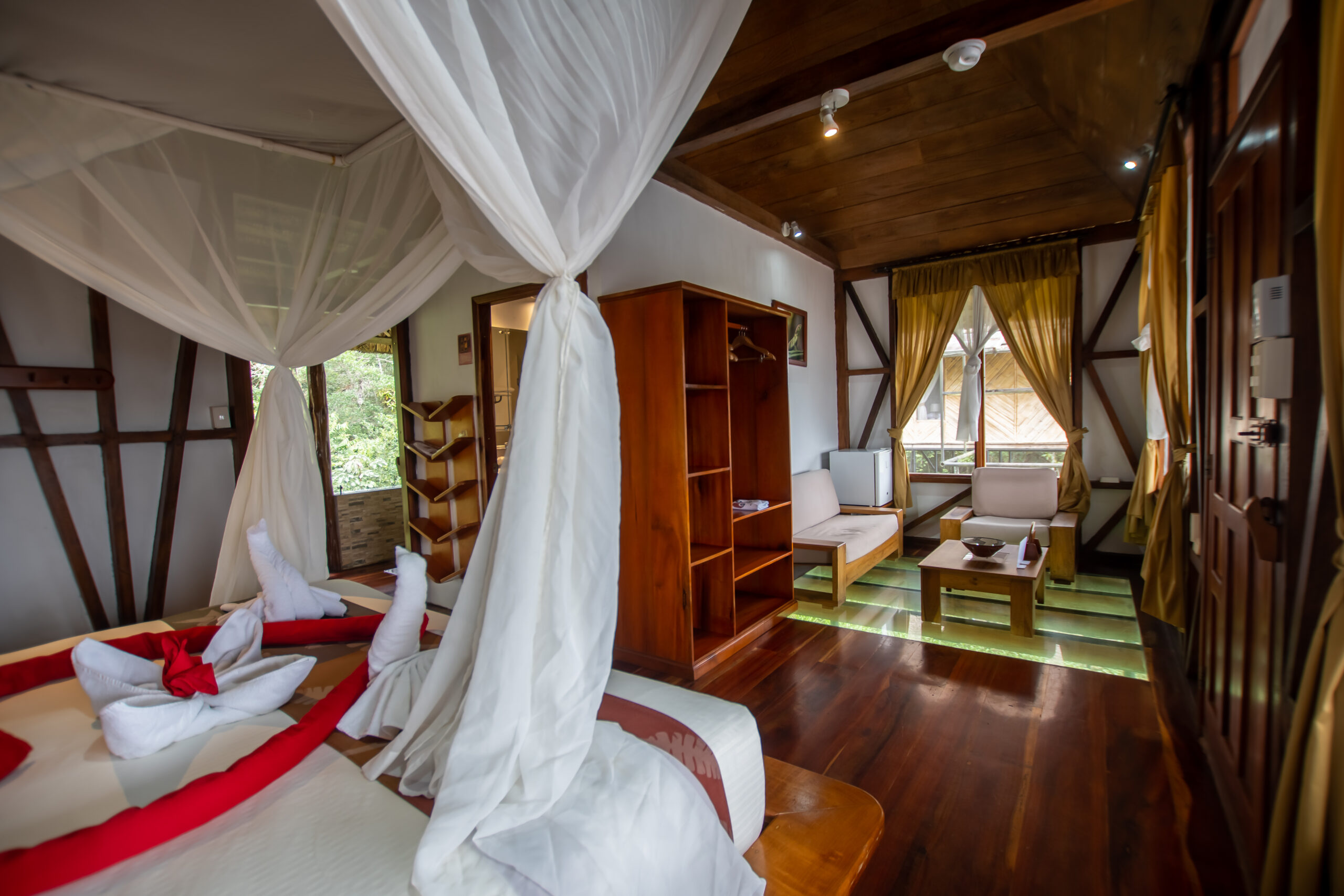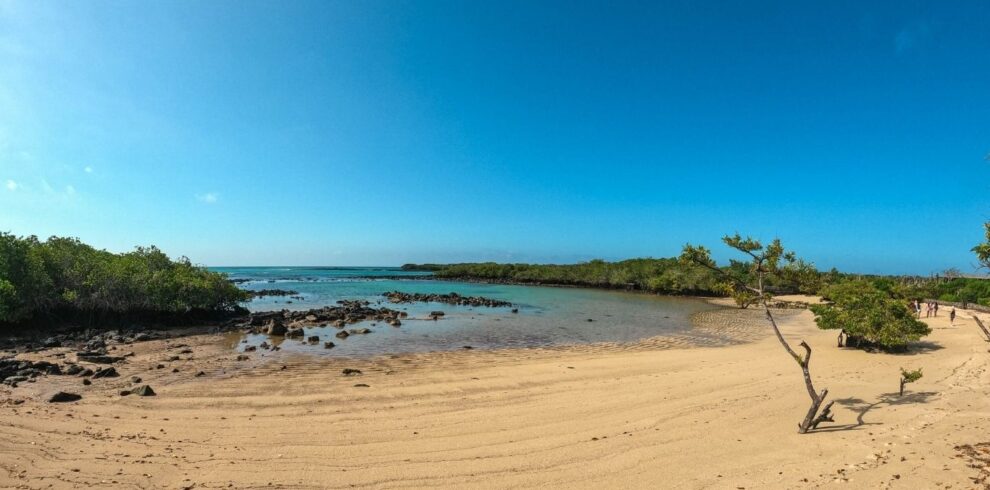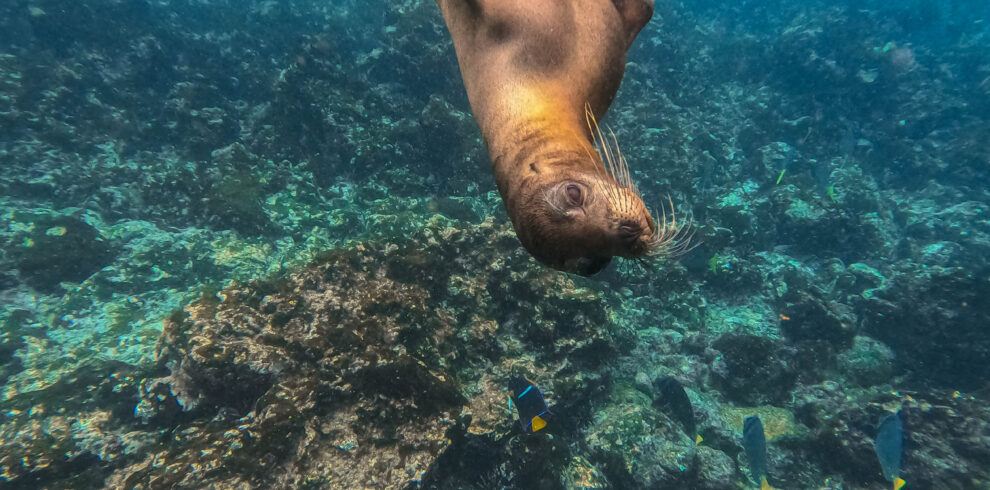Overview
Welcome to an incredible journey that begins in the vibrant capital city of Quito and takes you deep into the natural wonders of Ecuador. Our adventure begins in Quito, where you will explore its interesting history and stunning architecture, and then moves on to Yasuni National Park, a UNESCO Biosphere Reserve teeming with unparalleled biodiversity. Here you will have the opportunity to experience the Amazon rainforest like never before, with opportunities for wildlife viewing and cultural encounters with indigenous communities. Finally, we head to the Galapagos Islands, an archipelago in the Pacific Ocean located 972km off the coast of Ecuador. It is made up of 13 large islands with an area of more than 10 square kilometres, 6 medium-sized islands with an area of between 1 square kilometre and 10 square kilometres and another 215 small islets and rocky outcrops of a few square metres, distributed around the line of the terrestrial equator. Join us for an unforgettable experience that will leave you with unforgettable memories!
Encounters with biodiversity
- Amazing Birds
- Lush flora
- Night walks
- Cultural connection
- Nature photography
- Encounters with biodiversity
Tour Itinerary
On the day of your arrival, we will collect you from Mariscal Sucre Airport and take you to your accommodation, You will be in Quito, you will have the afternoon at your disposal to become accustomed to the city of Quito. The journey from the airport to your destination will take approximately 45 minutes.
Quito, the capital of Ecuador, offers a unique blend of historical, cultural and natural attractions. The day's itinerary commences with a visit to the impressive Basilica del Voto Nacional, followed by a stroll along Calle García Moreno, also known as the 'Street of the 7 Crosses'. This is due to the numerous churches and crosses that have adorned it since the 16th century.
We will then proceed to the Plaza Grande, where the Monument to the Heroes of Independence is situated. The monument is surrounded by a number of significant buildings, including the Presidential Palace, the Archbishop's Palace, the Metropolitan Cathedral and the Municipal Palace. Additionally, we will visit the Iglesia de la Compañía, a notable example of Latin American Baroque architecture, constructed by the Jesuits between 1605 and 1765, and the historic Iglesia de San Francisco, the first Franciscan temple in Quito.
Following a lunch in the historic centre, we will proceed to the emblematic Middle of the World, where visitors can stand on the equatorial line that divides the planet into northern and southern hemispheres. (Overnight stay)
Following a 30-minute scenic flight over the Eastern Andean Cordillera to Coca, guests will then enjoy a short drive to a private dock where they can rest and enjoy a drink. You will then be transferred by boat to the Napo Cultural Centre, situated within the ancestral territory of the Kichwa Añangu Community. Following the provision of information regarding the hotel services, you will be escorted to your room, which boasts views of the jungle. The afternoon offers the opportunity to take a walk to an observation tower, where guests can enjoy birdwatching and the sunset over the Amazon. Alternatively, guests may wish to participate in a kayak ride on the Napo River. Following the activity, guests will return to the hotel to freshen up and rest before dinner.
Following an early breakfast, we will proceed by motor canoe to the Saladero de Loros in the Yasuní Biosphere Reserve. This excursion offers the opportunity to observe a variety of parrots and capture images of notable quality. Subsequently, we will proceed on foot along the Sendero de los Pericos, which offers unobstructed views of a parrot clay lick, where up to five species of parrots and other animals can be observed. The morning will conclude with a visit to the Kury Muyu intercultural interpretation centre, which is managed by the local women's community. This will provide an opportunity to learn about the Kichwa culture and its traditions.
Following lunch at the community centre, we will embark on an engaging boat trip along the Añangu Creek, where we will have the opportunity to observe monkeys, caimans and giant otters. In the evening, guests will have the opportunity to learn about the traditional legends and songs of the Kichwa community aboard an ancestral catamaran. Snacks roasted on the fire will be shared by the women of the community.
The day begins with a breakfast buffet overlooking the sunrise, followed by visits to sustainable community projects that provide insight into the Kichwa worldview. The programme includes an exploration of trails in the terra firme forest, which will afford the opportunity to observe the diversity of flora and fauna, including ceiba trees and monkeys. Following lunch, guests are invited to take a hike to the second observation tower, where they will have the opportunity to spot birds and other species. In the afternoon, guests are invited to relax and enjoy a typical Amazonian dinner, featuring dishes such as maito and chontakuru (roasted chonta worms). Following dinner, guests are invited to participate in an evening walk, offering the opportunity to observe nocturnal insects, reptiles and mammals.
To ensure your final day is as perfect as it can be, you have the option of participating in the Wayúu SADA ritual. The ceremony commences at 4:30 am, with Kichwa families sharing the sacred wuayusa. This ritual serves to disseminate their ancient knowledge to the younger generation. You will have the opportunity to listen to traditional chants and, should you so desire, your dreams can be interpreted by a wise mamakuna from the community. An unparalleled, mystical experience.
Subsequently, we will return to enjoy breakfast, while our staff will collect your luggage in advance of the transfer back to El Coca. We will transport you in our comfortable motor canoes, offering you the chance to admire the scenery of the Ecuadorian rainforest as we reach our destination.
On arrival at Baltra Island airport, our certified National Park guide will be waiting to welcome you and accompany you on a quick shared service bus ride to the Itabaca Channel. We will then take a 5 minute ferry ride to the northern part of Santa Cruz Island, where lunch will be served. Following lunch, we will transfer you to the Charles Darwin Research Station, its breeding centre and giant Galapagos tortoise pens. Here, our guide will give an extensive scientific talk on the formation of the islands, arrival and evolution of species, and factors that modify the climate. The La Ruta de la Tortuga trail culminates with a visit to the 'Symbol of Hope' Hall, where Lonesome George is exhibited.
Following this, guests will be transferred to their hotel. Dinner will be provided at a local restaurant, followed by overnight accommodation..
Following breakfast, we will proceed to Tortuga Bay Beach, where we will embark on a 2.5-kilometre walk along a fully paved path. Our guide will provide an overview of the local vegetation. After the walk, we will proceed to Playa Brava, an ideal location for those interested in surfing, due to the strong currents that generate waves reaching up to two metres in height. Following our visit to this attractive beach, we will proceed to Playa Mansa, an ideal location for a refreshing swim due to its clear waters and white sand beach. This area is also suitable for sunbathing, relaxation and kayaking, if desired. We will then return to Puerto. We will then proceed to Ayora. Lunch will be provided.
In the afternoon, we will proceed to the northern part of the island to visit the Twin Craters, two impressive geological formations, before continuing to a private ranch. Here we have the opportunity to admire the giant tortoises in their natural habitat and cross the lava tunnels, splendid volcanic formations which demonstrate that these islands originated from large submarine volcanic eruptions. The afternoon will be spent returning to the hotel.
Following breakfast, we will proceed to the passenger dock where we will embark on a 15 to 20 minute navigation before commencing our tour of the Bay in the open sea.
Our route will take us past Los Perros Beach and the salt mines, before we arrive at Las Grietas, an arm of the sea located between two natural cliffs. We will conclude our tour at Punta Estrada Beach. We will then return to the hotel for lunch.
The tour provided by the Interpretation Centre offers insight into the history of the Islands, encompassing their natural, human and conservation contexts. The Natural History Room provides insight into the natural circumstances that have shaped the islands, including their volcanic origin, distance from the mainland, marine currents, climate, and the arrival and establishment of different species.
The Human History Room provides a chronological account of the most significant events related to the discovery and colonisation of the Galapagos Islands.
Accommodation in San Cristobal
In the morning you will say goodbye to Galapagos and return to Quito.
- ● Tourist transport
- ● Airport-Hotel Transfer
- ● Bilingual Naturalist Guide
- ● Breakfasts, lunches and dinners
- ● Activities according to the itinerary
- ● Entrance fees to visit sites
- ● Accommodation in double accommodation
- Tips & Tricks
- Alcoholic Beverages
- Nothing other than what is described in the itinerary
- Extra meals and drinks
- Personal expenses
- Internacional Flights
- Domestic flights
Amazon & Galápagos 11Days
Simply tell us which tour you would like to book, for which dates, and for how many passengers, and subject to availability we will be happy to book it for you.
Please also send us the following information for each passenger:
- Passport copies (picture page only)
- Dietary requirements (vegan, vegetarian, allergies etc)
- Are you celebrating something special? – Let us know!
- Medical conditions we should be aware of
- For the amazon, we need your shoe size for the boots.
- For Galapagos we need your size as well as your shoe size for the wetsuit and fins. Please ask your travel advisor to give you a table of sizes.
- Emergency contact.
- Hotel you will be staying the night before the tour to know where to reach you in case of any emergency (optional)
- Preferred payment option.
Your booking is completely confirmed with Fusion Travel Ecuador once you send a payment for your reservation. We act as a third-party agency and enter into a contract with the service provider (e.g. Galapagos cruise operator) on your behalf, with obligations to pay for those services.
Service providers charge penalty fees for cancellation of service – these fees apply to both Fusion Travel Ecuador and our clients. For this reason, tour cancellations are subject to the cancellation charges listed in our In cancellation cases, we represent our clients and try to recuperate funds paid to service providers, but this is not always possible. The final decision always lies with the service provider, and we are bound by that. For this reason, we strongly recommend the purchase of travel insurance that covers you fully in the event of trip cancellation.
We’ll send out all tickets, vouchers, and instructions electronically via email. When you travel you can either print out a physical copy to take with you or store the documents on a cellphone or tablet. Nothing could be easier!
Usually, we aim to send tickets out between 1 and 2 weeks prior to your tour departure, but this depends greatly on when we receive the vouchers from the yacht operating companies (Amazon lodges & tour companies or providers in general). If for any reason you need your tickets further in advance, please let us know so we can try to make the necessary preparations for you.
With last minute bookings, these times could change as well depending on when we receive your travel documents from the local operator.
Our office hours are Monday to Friday from 9am to 6pm Ecuadorian time, which is GMT -5. However, we understand that travel emergencies can occur at any time. Therefore, we provide a 24/7 emergency contact number that is listed on the Contact Us page of our website, as well as in your tour package, vouchers and your travel agent’s signature. You can call this emergency number if you experience any problems during your trip.
For non-emergency enquiries, such as travel or sales queries, please email us or submit an enquiry and we will respond as soon as possible during our normal office hours.
We strongly recommend that you discuss vaccination advice with your doctor in your country BEFORE travelling.
Decisions about vaccines and anti-malarial drugs are a personal choice, so it is best to consult a doctor directly to see which options are recommended for your trip. It will also depend on where you are going in Ecuador, Peru or Colombia. If you are travelling to the Amazon rainforest or coastal areas, these decisions are particularly important.
Fusion Travel Ecuador accepts the following payment methods:
- INTERNATIONAL BANK WIRE: Opt for the utmost convenience by utilizing your bank account for this transaction. Our bank is situated in Ecuador, but you have the flexibility to initiate the transfer from any corner of the world. A nominal $25 handling fee is applied per transfer to offset the costs associated with transferring funds to Ecuador for settling payments to local suppliers on your behalf. Typically, transfers take 2-5 working days to reflect in our account. We recommend consulting your personal bank for guidance on completing the necessary fields for a seamless transfer process.
- CREDIT CARD ONLINE PAYMENT – quick and easy online payments for Visa, Mastercard, and American Express. Credit card processing fees do apply – Fees are divided into fees charged by the platform, and also Ecuadorian Government fees. Fusion Travel Ecuador no profit on these additional fees.
- ECUADOR BANK DEPOSIT OR TRANSFER – deposit cash or transfer locally into any branch of Banco Pichincha, or Produbanco. This may the best option if you are already in Ecuador.
Most importantly, all of our accounts are 100% SAFE & SECURE. All payments are made in the name our company (Tour Operadora Fusion Travel Cia. Ltda.). We will never ask you to risk paying into any account registered under a personal name.
Generally speaking, we require a 40% deposit at the time of booking to confirm your reservation. Full payment is then due 3 months before your date of travel. Of course, should you prefer to pay in full at the time of booking then that is also no problem.
Only in the case of bookings made less than 3 months before the date of travel do we immediately require full payment, unless otherwise stipulated.
Yes, it is generally safe to visit the Amazon Rainforest in Ecuador, but it’s essential to take certain precautions and be well-prepared for the environment. Here are some important safety considerations:
- Wildlife encounters: While the Amazon Rainforest is teeming with diverse wildlife, including exotic animals like monkeys, birds, and snakes, it’s crucial to respect their habitats and observe from a safe distance. Avoid touching or feeding wild animals and follow the guidance of experienced guides during wildlife encounters.
- Health risks: The Amazon region may pose health risks such as mosquito-borne diseases like malaria and dengue fever, as well as tropical illnesses like yellow fever. It’s essential to take appropriate precautions, such as using insect repellent, wearing long sleeves and pants, and consulting with a healthcare professional about necessary vaccinations and medications before your trip.
- Navigation and guides: Navigating the Amazon Rainforest can be challenging due to its dense vegetation and complex terrain. It’s highly recommended to explore the rainforest with an experienced guide who is knowledgeable about the area and can ensure your safety during excursions.
- Environmental hazards: Be mindful of environmental hazards such as sudden changes in weather, river currents, and slippery terrain, especially during rainy seasons. Stay informed about local weather conditions and heed any warnings or advisories from your tour operators or guides.
- Cultural sensitivity: When visiting indigenous communities in the Amazon, respect their customs, traditions, and way of life. Seek permission before taking photographs, avoid disrupting local activities, and be open to learning about their culture and beliefs.
By taking these safety precautions and being prepared for the challenges of the rainforest environment, you can enjoy a safe and rewarding experience exploring the wonders of the Amazon Rainforest.
The Ecuadorian Highlands encompass a range of altitudes, with elevations varying depending on specific locations. Major cities and tourist destinations in the Ecuadorian Highlands include Quito, Cuenca, Otavalo, and Baños, each with its own altitude:
- Quito: The capital city of Ecuador, Quito, is situated at an altitude of approximately 2,850 meters (9,350 feet) above sea level. It is one of the highest capital cities in the world.
- Otavalo: Famous for its indigenous market, Otavalo is situated at an altitude of approximately 2,530 meters (8,300 feet) above sea level. It is located in the Imbabura province, north of Quito.
- Cotopaxi: Cotopaxi is the world’s highest active volcanoes and a prominent landmark in the Ecuadorian Andes. At an altitude of approximately 5,897 meters (19,347 feet) above sea level, Cotopaxi’s snow-capped summit is a sight to behold. Visitors can explore Cotopaxi National Park, hike to the refuge at the base of the volcano, or attempt to summit the peak with the guidance of experienced guides.
- Quilotoa: The Quilotoa crater lake, located in the Cotopaxi province, is a breathtaking natural wonder situated at an altitude of approximately 3,914 meters (12,841 feet) above sea level. Visitors can hike along the crater rim, kayak or take a mule ride down to the emerald-green lake below, offering stunning panoramic views of the surrounding Andean landscape.
- Baños: Known for its hot springs and adventure activities, Baños is located at an altitude of about 1,820 meters (5,970 feet) above sea level. It is nestled in the Andean foothills, between the Amazon and Andes region.
- Chimborazo: Chimborazo is Ecuador’s highest peak and the tallest mountain in the world when measured from the center of the Earth due to its location along the equatorial bulge. Standing at an impressive altitude of 6,268 meters (20,564 feet) above sea level, Chimborazo is a popular destination for mountaineers and adventurers seeking a challenging ascent.
- Cuenca: Located in the southern part of Ecuador, Cuenca sits at an altitude of around 2,500 meters (8,200 feet) above sea level. It is renowned for its well-preserved colonial architecture and cultural heritage.
When traveling to the Ecuadorian Highlands, especially if you are coming from sea level or low-altitude areas, it’s important to acclimatize gradually to the higher elevations to avoid altitude sickness. Here are some recommendations:
- Take it Slow: Allow your body time to adjust to the altitude by taking it easy during your first few days in the highlands. Avoid strenuous physical activity until you feel acclimatized. As Quito is the entry point for most of the international flights, we recommend staying here a couple of days, and try to avoid strenuous activities at least the first day such as the Quito Cable Car or the Cotopaxi Volcano.
- Stay Hydrated: Drink plenty of water to stay hydrated, as the air at higher altitudes is drier and can lead to dehydration more quickly. Limit your intake of alcohol and caffeine, as they can contribute to dehydration.
- Eat Light: Stick to light, easily digestible meals during your first few days at high altitude. Avoid heavy or spicy foods that may exacerbate altitude sickness symptoms.
- Consider Medication: If you’re prone to altitude sickness or are concerned about experiencing symptoms, consider taking medication such as acetazolamide (Diamox) to prevent or alleviate altitude sickness. Consult with a healthcare professional before taking any medication.
- Coca Leaf Tea or Hot Beverages: Sipping on coca leaf tea, a traditional remedy in the Andes, can be effective in alleviating mild altitude sickness symptoms. Alternatively, consuming hot beverages is also considered beneficial, though it’s advisable to avoid those with milk as the fat content may have counterproductive effects.
By following these recommendations and allowing your body time to adjust to the altitude gradually, you can enjoy your trip to the Ecuadorian Highlands while minimizing the risk of altitude sickness. Don´t forget that each person adapts to it in a different way and some may need a bit longer of time to adjust, while others don´t.
While traveling in Ecuador, you’ll find various options for accessing WiFi or the internet to stay connected during your trip.
Many hotels, hostels, cafes, and restaurants in major cities and tourist areas offer complimentary WiFi for guests. Additionally, mobile data services are widely available throughout the country, with several local providers offering prepaid SIM cards and data plans for purchase. You can easily find SIM cards at convenience stores, kiosks, or official stores of mobile network operators like Claro, Movistar, and CNT. These SIM cards can be used in unlocked smartphones or portable WiFi devices (MiFi) to access the internet while on the go. However, it’s essential to check coverage maps and network availability, especially if you plan to explore more remote or rural areas where signal strength may vary. Overall, with the availability of WiFi hotspots and prepaid data options, staying connected and accessing the internet in Ecuador is convenient and straightforward for travelers.
Of course. In the majority of cases, we organise domestic flights for our clients; including travel to and from destinations such as the Galapagos Islands, the Amazon, mainland Ecuador, Peru and/or Colombia (in Peru and Colombia I would only mention the capitals where flights are common…). This practice is recommended as it allows us to optimise flight arrangements based on operational efficiency. It is important to note that for certain scenarios, such as Amazon Lodges and Galapagos Cruises, the airline ticket is often booked through the cruise operator to accommodate operational requirements.
Whilst we recognise the option for clients to book their flights independently, it is advisable to note that some operators may charge penalty fees for not using their booking services. We recommend that you consult with your travel agent before making any flight reservations to ensure compatibility with your itinerary. Your travel advisor will assist you in selecting the most suitable flight times for your trip.

